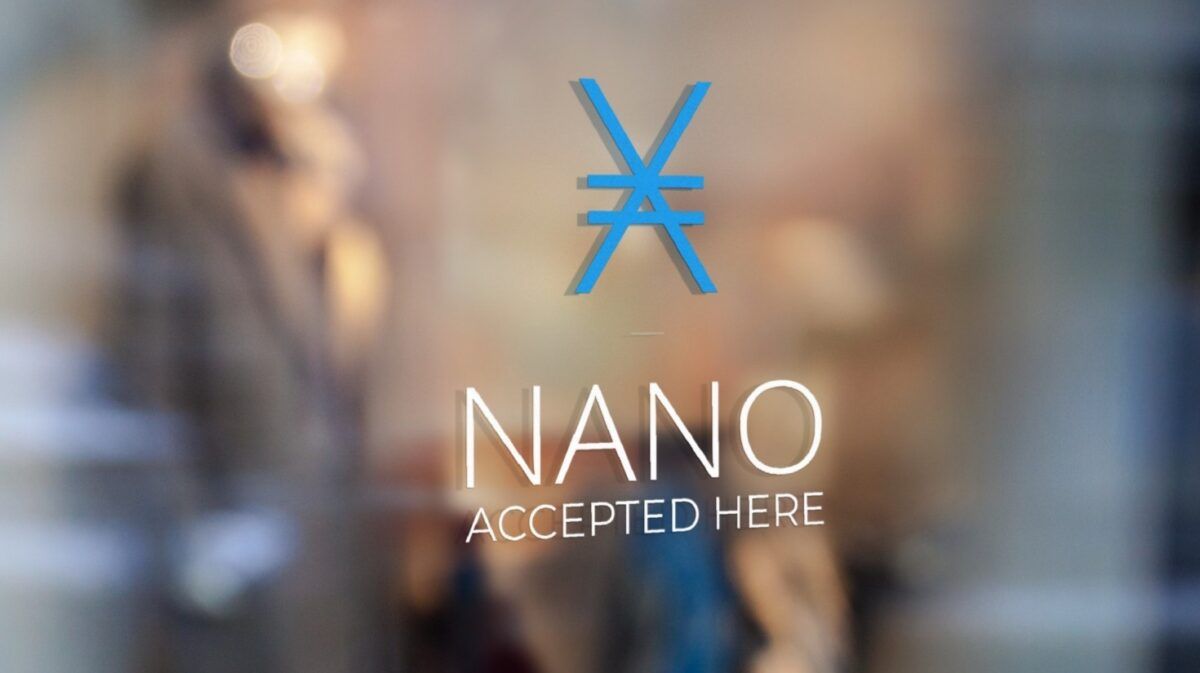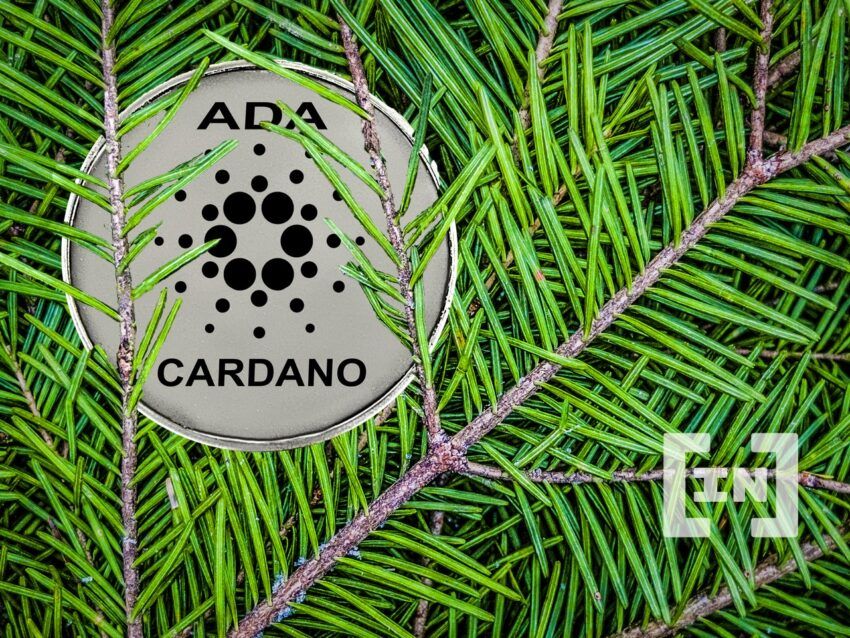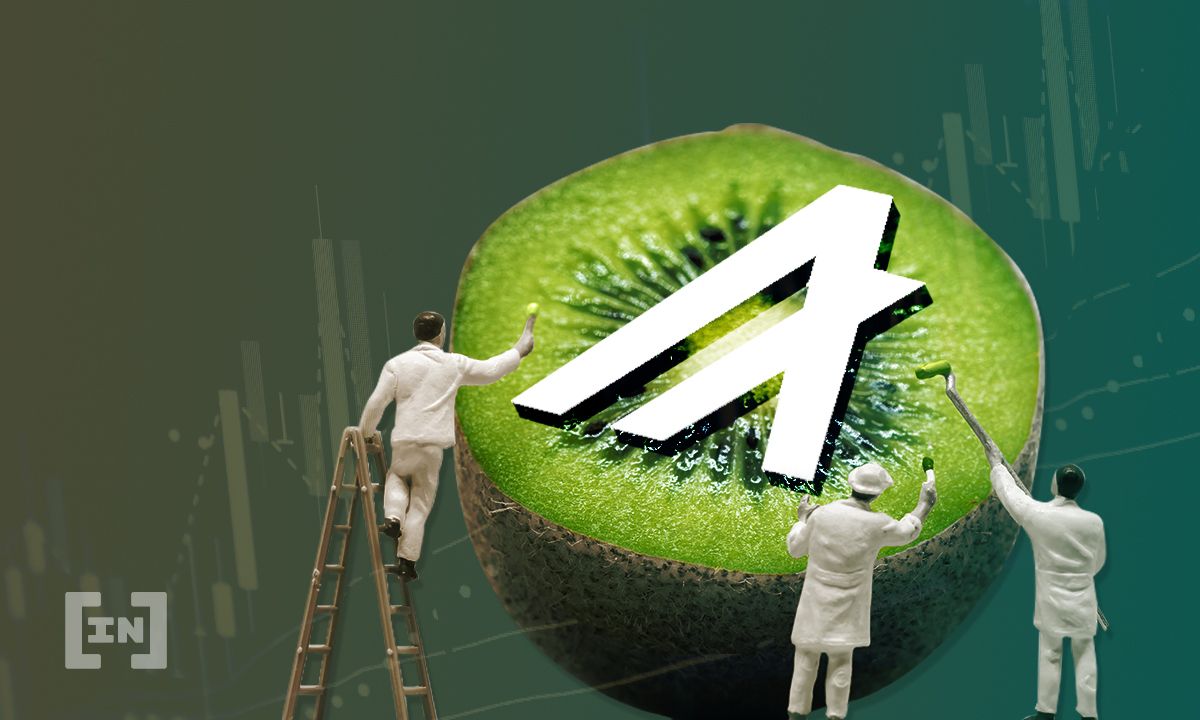Enquires@newsofbitcoin.com
Green crypto: The upcoming Ethereum upgrade to proof-of-stake (PoS) translates to a 99.95% energy consumption reduction. The same is the case with other PoS cryptocurrencies that use economic validation instead of mining computing power.
This is an extract from Be[In]Crypto’s new free downloadable e-book, called Sustainability and Cryptocurrencies: An Analysis. Download it here.
Here are some of the more prominent crypto projects that have been developed as proof-of-stake from the get-go.
Green Crypto: Efinity
An effort of NFT and gaming-focused project Enjin, Efinity is a blockchain built on the Polkadot network. The network is attempting to serve as a mainstream and developer and user-friendly NFT experience that runs at low cost and high speeds. It describes itself as an NFT highway, as opposed to a general computing blockchain.
Enjin CTO Witek Radomski has spoken about the use of Polkadot and its eco-friendly nature, saying, “There are other, greener PoS protocols available: Polkadot is proving to be among the most viable and carbon-conscious options, using the equivalent of 6.6 US households worth of energy per year, which is why we’ve chosen it as the destination for our NFT parachain, Efinity. Parachains do not require additional energy resources to operate, so Polkadot’s energy consumption will remain less than 0.001% of Bitcoin.”
Efinity aims to become a hub for both fungible and non-fungible assets, with a new token standard for compatibility across all networks and standards.
Green Crypto: Nano
Nano (NANO) cryptocurrency represents a shift from both Bitcoin and Ethereum. Instead of having nodes with full blockchain records, each wallet address has its own blockchain (block lattice) that is updated when transactions are executed. The updated status of this ledger is then relayed to the Nano blockchain, verified and integrated after confirmations from other Nano nodes. Therefore, unlike both PoW and PoS networks, in which transactions are lined up for block inclusion and fee distribution, Nano nodes have a voting power on who creates blocks. Because this can be done at low or zero fee, having transactions included in the Nano blockchain is executed without cost.
Nano has talked about how the argument around bitcoin’s energy usage is outright wrong.
Says George Coxon, director of the Nano Foundation, “The argument around energy usage of Bitcoin in the cryptocurrency space is not about who is right or wrong, it is fundamentally about progress. If a better solution comes along, you use it – that has always been the case with technological progression through the ages. Arguments around the energy consumed for the bitcoin network revolve around statements such as, ‘it uses renewable energy so it’s fine’ or ‘It’s fine because the energy being used has already been created’ – this is the creation of a positive feedback loop of support and misguidances.
“The defense statements themselves may not be factually incorrect, it doesn’t really matter. My point is that if there is a technology that has burst onto the scene, whether cryptocurrency or not – that is not looking towards an energy sustainable future of the world, then more innovation needs to happen to make it so.”

Nano and Open Representative Voting
In technical terms, Nano uses not just proof-of-stake consensus but a delegated proof-of-stake (DPoS), and not just DPoS but its variation dubbed Open Representative Voting. Depending on the account balance, each node is delegated with a voting weight. These votes can then be used or distributed to another Nano node.
As for Nano’s energy consumption, Colin LeMahieu, founder and director of the Nano Foundation says, “Nano has an energy footprint for 1 transaction being 0.00012kWh and a whole network that could run off a single wind turbine- to put this into perspective, that is 15.5million nano transactions using the same energy as a single bitcoin transaction.”
With sufficient voting weight, each node can become a Principal Representative, able to vote on transactions in proportion to held funds. However, none of the representative nodes receive fees from voting on which transactions/blocks are to be included in the network. Furthermore, individualized account blockchains, called Block Lattice, make it possible for users to immediately update their account balances, without waiting for network confirmations.
Interestingly, Nano also uses some measure of proof-of-work energy proofing as a discouragement tool against spamming the network with transactions. However, although Nano provides free transactions and instant confirmations, it is not clear if its lightweight PoW is sufficient to deter invalid transaction spam.
Early Days
In the early days, it would have only taken $3 million worth of GPUs to completely centralize the network. Indeed, because validators don’t get paid, no one but organizations with vested interest have an incentive to run the network.
Accordingly, Nano’s voting weight is distributed across a couple of crypto exchanges, Kraken and Binance, alongside Nano Foundation and 465 Digital Investments, a private equity group. However, although Nano network can’t boast decentralization, it can claim to have zero-fee transactions at a negligible 0.111 Wh energy expenditure per transaction. As such, Nano has its own sustainability section in order to attract investors.
Nonetheless, with a market cap of $378 million, which is 0.04% of Bitcoin’s, the novel concept doesn’t seem to have gained much traction. In other words, Nano has already accomplished what Greenpeace is asking from Bitcoin now, but its long-term prospect is still not appealing. However, those in charge are firm in their belief that crypto should support eco-friendly initiatives.
Says Colin LeMahieu, founder and director of the Nano Foundation, “Cryptocurrency firms that support and facilitate non-sustainable technologies yet have their tag line being ‘bank the unbanked’ or USP to provide banking for those in emerging economies – it is those people that you are supposedly trying to help that will feel the largest brunt of climate change and responsibility to not using or facilitating greener solutions must be taken. Digital money should not cost the Earth.”
Green Crypto: Cardano
Cardano (ADA) shares its origin with Ethereum, as Cardano’s key developer, Charles Hoskinson, also co-founded Ethereum with Vitalik Buterin and six other founders. Given this shared legacy, Cardano is also a generalist smart contract platform, designed to deploy dApps that cover NFT marketplaces, decentralized finance (DeFi), and blockchain gaming.
Named after Italian mathematician Gerolamo Cardano, the network shares a commonality with Bitcoin in that it has a fixed coin supply. While Bitcoin maxes out at 21 million, Cardano’s ADA tokens are capped at 45 billion.
Compared to Ethereum, which is yet to fully transition into a proof-of- stake consensus, Cardano was one from the get-go, dubbed as a third-generation smart contract platform.
Although Hoskinson left Ethereum for a monetary reason, as Vitalik sought to keep it open-source and nonprofit, Cardano turned out to be one of the most decentralized public blockchains with over 3,000 validator nodes. That may seem tiny compared to Ethereum’s over 300k validators, however, such contrast is misleading.

Nodes
As long as Ethereum validator has over 32 ETH (~$112k) they can run multiple nodes. In contrast, the maximum capacity of Cardano’s staking pool is 64 million ADA (~$77m). Presently, there are 3,219 ADA staking pools with a 72.5% stake/supply ratio. Therefore, if Ethereum’s validator accounting is to be applied to Cardano’s ecosystem, the latter would have 200k validators (64 x 3,219).
With that said, Cardano dApp ecosystem is yet to fully come online. While Ethereum hosts 2,948 dApps tied to blockchain’s smart contracts, Cardano only has 72 listed. The reason for this wide gap between the two platforms is that Hoskinson took a more robust, peer-review approach to code development.
Whether a more secure and robust coding practice pays in the end, the market will decide. However, when it comes to Cardano’s energy output, it will certainly not draw attention from any environmentalist group. According to Cardano Blockchain Insights, the entire network consumes only 0.00282160 TWh. Compared to Bitcoin, this is 46,400 times less energy consumption.
Green Crypto: Algorand
Algorand (ALGO) is another open-source PoS network aiming to create a dApp ecosystem based on blockchain’s smart contracts. Developed by MIT computer scientist Silvio Micali, Algorand’s main focus is to facilitate near-instant payments. Specifically, by having the capacity to process over 1,000 transactions per second (tps) and executing them in under five seconds.
This is way ahead of Ethereum’s current standard of 14-17 tps under five minutes. Algorand makes this possible by having integrated a two-tier network structure. While Ethereum relies on layer 2 scalability networks, such as Arbitrum, Polygon, Optimism, Loopring, Immutable X, and others, Algorand was developed from the beginning with scalability in mind.
Energy
Silvio Micali said in a recent keynote speech, “While some blockchains consume as much energy as a small country, Algorand consumes as much as 10 homes. Being green is our pride and our moral obligation. The less privileged are the first to suffer from the degradation of the environment – a blockchain that is bad for the environment is a bad blockchain. Period. Algorand developed a public blockchain that runs on a version of proof-of- stake, which drives electricity consumption to almost zero…on a fundamental level,” Silvio Micali said. “I care about the planet.”
Just like Cardano, Algorand has a fixed token supply of 10 billion ALGO tokens. However, because Algorand uses a PoS variation – pure proof-of-stake (PPoS) – it means that all ALGO holders participate in securing the network and receiving transaction fees. Moreover, the minimum threshold is only 1 ALGO compared to Ethereum’s high threshold of 32 ETH.

While this drastically lowers the barrier of entry and incentivizes network participation, it remains to be seen if this will negatively affect the network’s security in the long run. After all, a higher stake incentivizes greater care.
Furthermore, Algorand doesn’t even employ an Ethereum-like slashing mechanism for users who propose bad blocks. However, that does not appear to have been a concern for others, as Climatetrade CEO Francisco Benedito has said that Algorand was the right technology for its needs, “After analyzing several technology providers and rigorous due diligence, we chose Algorand as the blockchain infrastructure to power our platform. We have no doubt, Algorand is the perfect solution due to its flexible architecture, low transaction fees…
Read More: Green Crypto: What Are The Cryptocurrencies That Are Kinder to Nature?
Disclaimer:The information provided on this website does not constitute investment advice, financial advice, trading advice, or any other sort of advice and you should not treat any of the website’s content as such. NewsOfBitcoin.com does not recommend that any cryptocurrency should be bought, sold, or held by you. Do conduct your own due diligence and consult your financial advisor before making any investment decisions.


